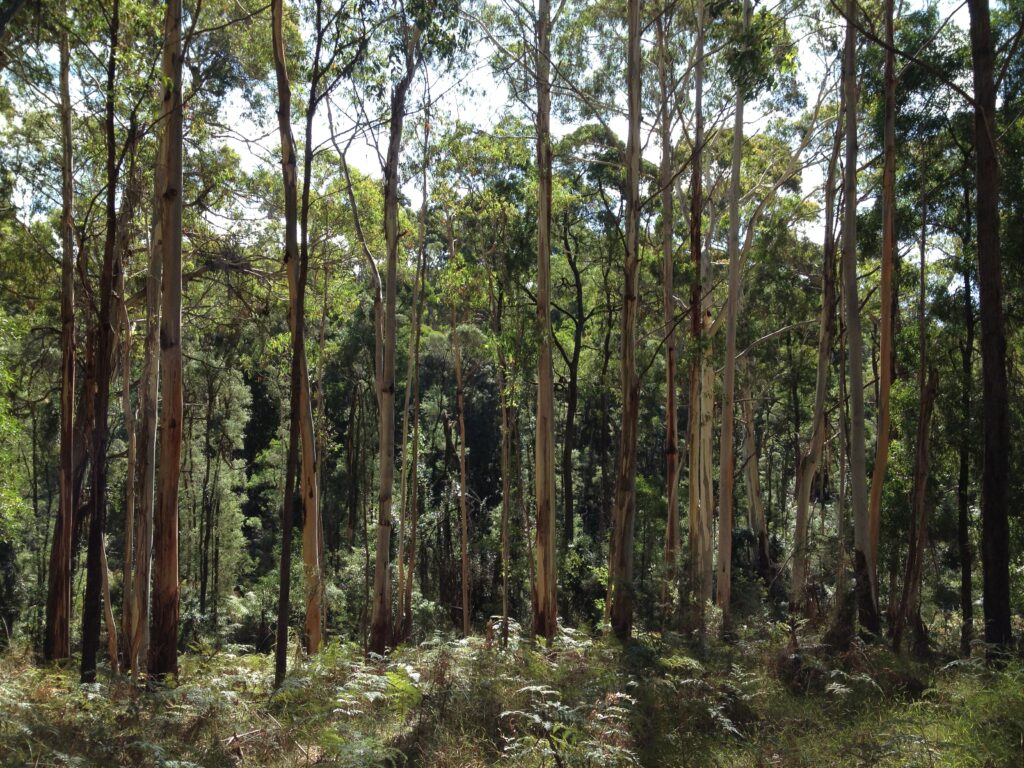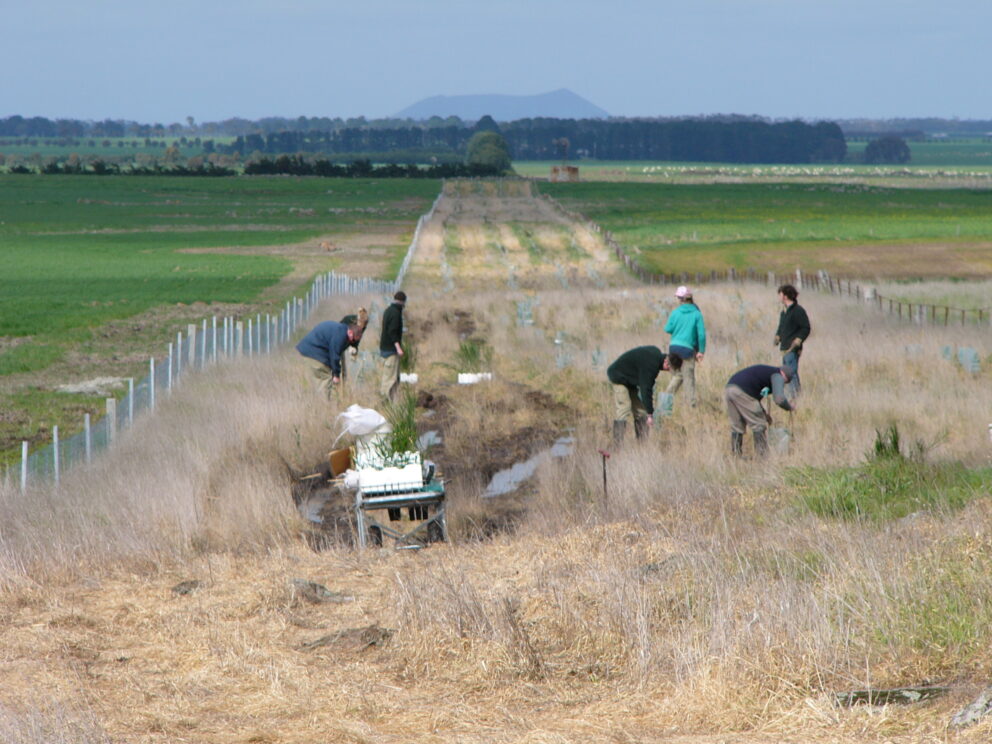Carbon Capture and Storage Programs

Feature Image: Endeavour Fern Gully in Red Hill, 2014. Source: National Trust
The National Trust in Victoria is dedicated to active decarbonisation (reducing and sequestering greenhouse gas emissions) and demonstrating how heritage properties are useful in mitigating the effects of climate change and increasing climate resilience. The National Trust is the custodian of some beautiful properties with natural features and heritage. As part of the delivery of our Climate Action Plan, we investigated options to utilise some of these properties in order to capture and store carbon from the atmosphere.
As part of our work advocating for conservation and sustainability in our built and natural environments, we have created the below summary of current programs offered by the Victorian and Australian Governments to share as a resource.
The Emissions Reduction Fund (Australian Carbon Credit Units scheme)
The Australian Federal Government supports carbon offsetting programs nationwide through the National Clean Energy Regulator (NCER). The NCER administers the Emissions Reduction Fund which trades Australian Carbon Credit Units (ACCUs) and the Renewable Energy Target.
The Emissions Reduction Fund requires participating landowners to register an approved activity on their property for sequestering carbon (or preventing the release of carbon). By delivering the project, the landowner earns an Australian Carbon Credit Unit (ACCU) for each tonne of carbon dioxide (or other greenhouse gas emissions that are equivalent to 1 tonne of carbon dioxide) that is either sequestered or prevented from being released.
The most commonly implemented activities are tree planting projects. There is a comprehensive list of eligible activities on the Clean Energy Regulator website which provides further information Choosing a project type (cleanenergyregulator.gov.au)
Each property is unique and there are many factors to consider if trading ACCUs is the right option for you. Some potential limitations are:
- Participating in carbon markets is complex and would most likely require third-party management from a consultant (which would increase costs).
- There is a limit to how much carbon can be sequestered on each property therefore ACCUs are not a long-term income option. Furthermore, there are fees for participating in the program. The costs of planning, registering, implementation and administration of projects may exceed potential income.
- There are legal requirements which may restrict future management of the property. Vegetation will have to be protected and will require ongoing funding to maintain.
- How would the project affect the natural and heritage values of the property.
Please note that the ACCUs scheme has recently been independently reviewed. You can read the report at the following website:
Independent Review of Australian Carbon Credit Units – DCCEEW
Image: Tree planting at Mooramong, 2018. Source: Frank Carland
BushBank
The BushBank program is a Victorian State Government initiative which aims to reduce carbon emissions and increase habitat by re-vegetating private and public land which has high biodiversity potential.
The successful landholder applicants will receive assistance from the government and Cassinia Environmental who will work with landholders to plan restoration activities such as weeding, fencing and planting. The BushBank program requires the restored properties to be protected in perpetuity and will require ongoing funding to maintain (e.g. weeding and fencing).
For more information visit: Nature restoration for carbon storage – BushBank program (environment.vic.gov.au)
Informal Insetting
One form of insetting is to offset your emissions on a property that you own. There is no current government supported incentive program which recognises the reduction of emissions through this approach but this may change in the future.
In 2022 our National Trust (Victoria) team at Rippon Lea Estate organised works to assess and conduct maintenance on more than 130 trees in the Rippon Lea gardens. The team decided to share information about the value of these trees to visitors through the C My Trees app. Not only does the app provide information about the species and size of the trees but it indicates how much carbon the trees have sequestered and how much petrol, electricity and gas have been offset as the trees grow. Please download (for free) the C My Trees app on your next visit to Rippon Lea Estate. This app may become available at more National Trust properties in the future. You can also explore options to calculate how much carbon your trees are sequestering.
Further information:
Department of Climate Change, Energy, the Environment and Water: Climate change – DCCEEW
Australian Government Clean Energy Regulator: Clean Energy Regulator Clean Energy Regulator – Home
Emissions Reduction Fund: Emissions Reduction Fund ERF (cleanenergyregulator.gov.au)
Agriculture Victoria: Selling carbon from trees and soils | Understanding carbon and emissions | Climate and weather | Agriculture Victoria

+ There are no comments
Add yours